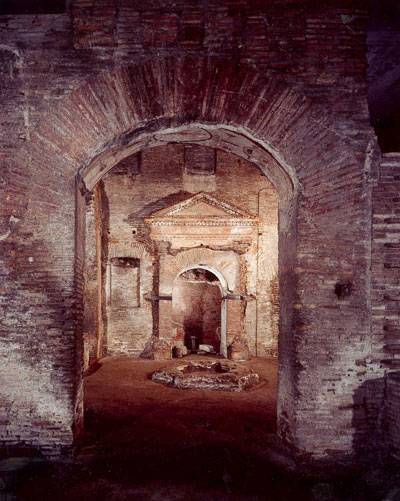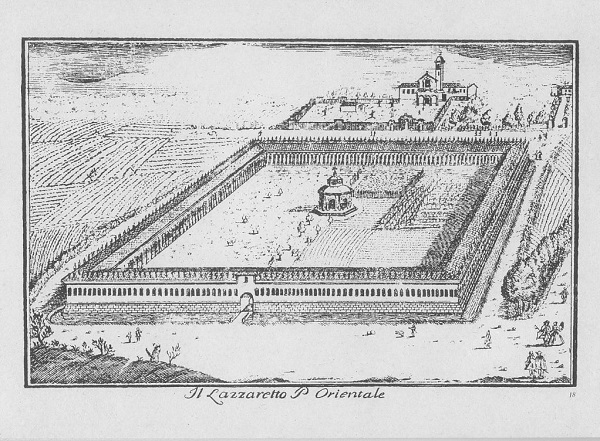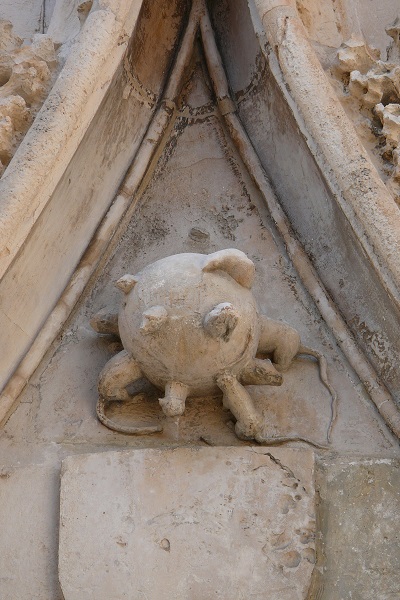During excavation work in the mid-19th century, some rooms were discovered from the Roman period about 8 metres underneath the current street level of Via della Settima Coorte. The building was identified as housing a detachment from the seventh cohort of the city’s guards, or firemen, thanks to the large amount of graffiti present on the walls. The guard corps was comprised of seven cohorts, each with 1,000 to 1,200 men. Each cohort had to protect two of the fourteen districts into which the city was subdivided, and had their barracks in one district and a detachment (excubitorium) in the other.
Unfortunately, the area was abandoned after the excavation work, with serious consequences for the preservation of the structure and the graffiti of the ancient firemen. A splendid floor mosaic was also destroyed during the Second World War. It was some years before the monument was finally roofed over, and maintenance and restoration work was completed.
It seems that these fireman’s quarters were installed within a private residence towards the end of the 2nd century A.D. by going down a modern staircase, you enter a large hall where there is a peculiar hexagonal basin with concave sides. On the far wall there is a door leading into a lararium (chapel) dedicated to the protector of the guards, genio excubitori, in which only the remains of the paintings on the wall of the edicola (wall shrine) and on the lintel, are preserved. In other rooms, pieces of terracotta floors have been found with bricks in an opus spicatum or herringbone design as well as a buried dolium (large ceramic jar) in which wine, oil and grain were usually kept.
In the drawings and photographs that document the room’s large black and white floor mosaic that is now gone, two Tritons are visible, one holding a lighted torch and the other an extinguished torch.
Of all the important remains and relics that had survived until the time of the excavations, unfortunately very few now remain, except for the fresco with a cherub and seahorses on a door lintel. The most serious loss is that of almost one hundred pieces of fireman’s graffiti, which fortunately were transcribed after their discovery. This unique evidence regarding the organisation of the fireman the their life in these quarters was written on the plastered walls between AD 215 and AD 245. The graffiti included greetings to the emperors, expressed their fatigue and their thanks to the gods and the genio excubitori, and mentioned the name and number of the cohort as well as the names and ranks of the guards.
If you are in Rome and you want to visit something quite unique, perhaps you may give these rooms a thought – you won’t be disappointed.











